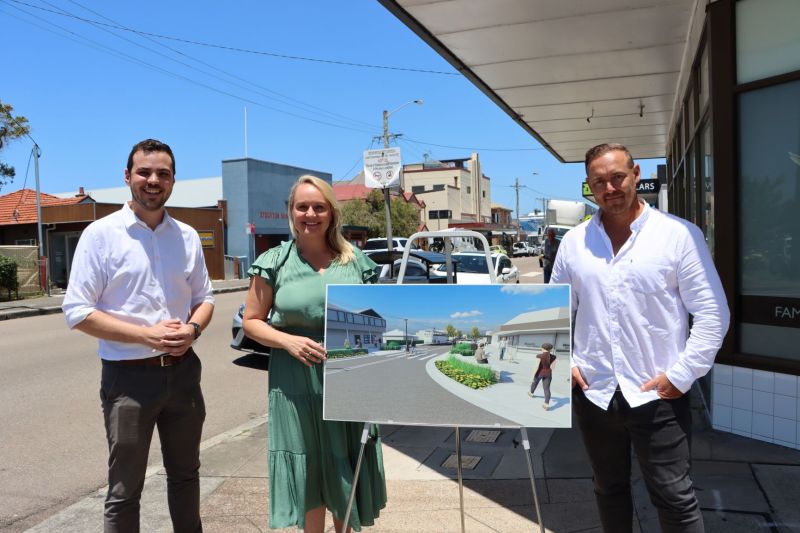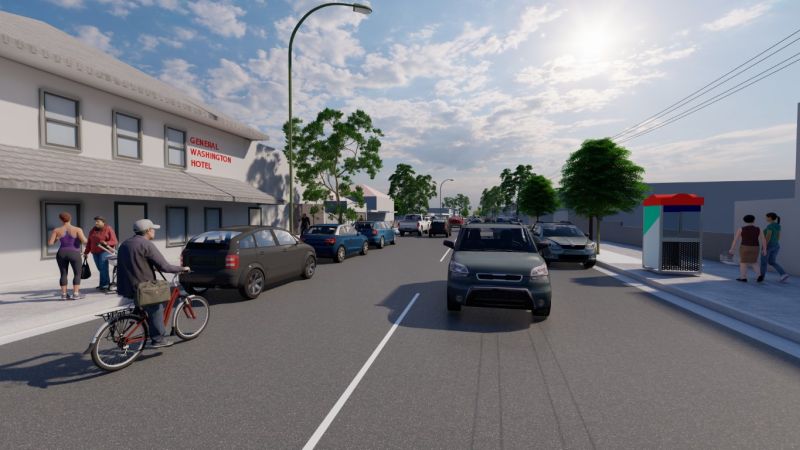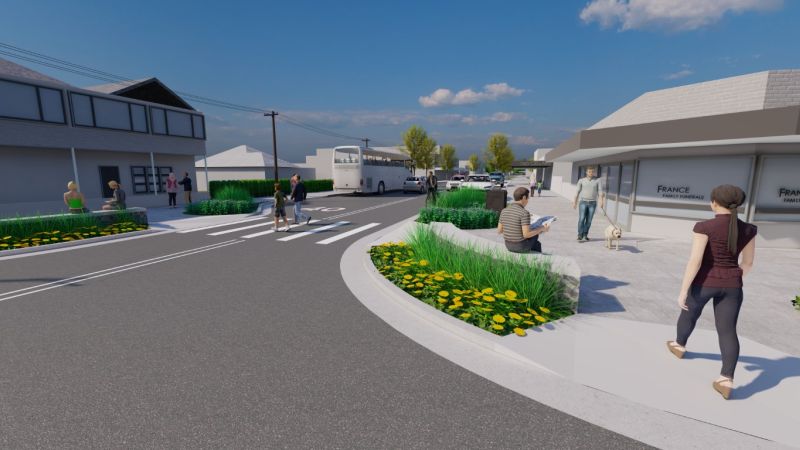To mark World AIDS Day 2020 and support the ‘now more than ever’ theme, the Morrison Government will provide almost $6.2 million towards the ongoing battle against HIV, and has expanded access to Dovato® on the Pharmaceutical Benefits Scheme (PBS).
Today, more than 28,000 Australians are living with HIV and it is very pleasing that most have a suppressed viral load. That means they’re healthy and unlikely to pass on the virus to anyone else.
Australia’s collective and long term track record and leadership in HIV, working together to provide innovative treatments and supporting people living with HIV is respected globally, however – now more than ever – it’s important to maintain the focus.
To take us further along this path to virtual elimination and to support the health and mental wellbeing of people living with HIV, the Morrison Government will allocate:
- up to $1.5 million to the Australian Federation of AIDS Organisations (AFAO) and National Association of People with HIV Australia (NAPWHA) – over two years to develop a workforce development program that increases the knowledge and skills of the workforce and contributes to a reduction in new HIV infections
- up to $750,000 to the Australian Injecting and Illicit Drug Users League (AVIL) over two years to work with its members to implement a number of projects aligned to the key priority areas of the National Strategies; and
- up to $1.4 million to the Australasian Society for HIV, Viral Hepatitis and Sexual Health Medicine (ASHM) over two years to implement a number of projects including a Hepatitis B Primary Care Referral Pilot Pathway, a trans and gender diverse health care model and review of user experience, a Primary Health Network engagement pilot and an update to the All Good online resource.
A further $2.5 million will support innovation in the sector with grants of up to $500,000 to provide positive outcomes for the National Strategies priority populations.
This funding is part of the $45.4 million investment allocated in the 2019–20 Federal Budget to implement five National Blood Borne Viruses and Sexually Transmissible Infections Strategies, including the Eighth National HIV Strategy.
This is Australia’s roadmap to help further reduce new infections and improve health outcomes.
Our goals include virtually eliminating HIV transmission in Australia by 2022, reducing mortality and morbidity related to HIV and supporting those living with HIV by reducing stigma and discrimination.
Also from today, access to the important new treatment option Dovato® (DOLUTEGRAVIR + LAMIVUDINE) on the PBS will be expanded for the treatment of people living with HIV who have already used antiretroviral therapy.
Previously this medicine was only available on the PBS for people newly diagnosed with HIV who had not had treatment. The expanded listing for the once-daily treatment gives people with HIV more treatment options.
This PBS listing is expected to benefit approximately 28,000 people living with HIV in Australia. Without subsidy, it could cost them more than $8,500 per year, however will now cost as little as $6.60 with a concession card.
This expanded listing follows the recent expansion of other important medicines for people living with HIV over recent years including expanded PBS access to Biktarvy® for children with HIV from 1 September 2020.
The Eighth National HIV Strategy is available on the Department of Health website.



